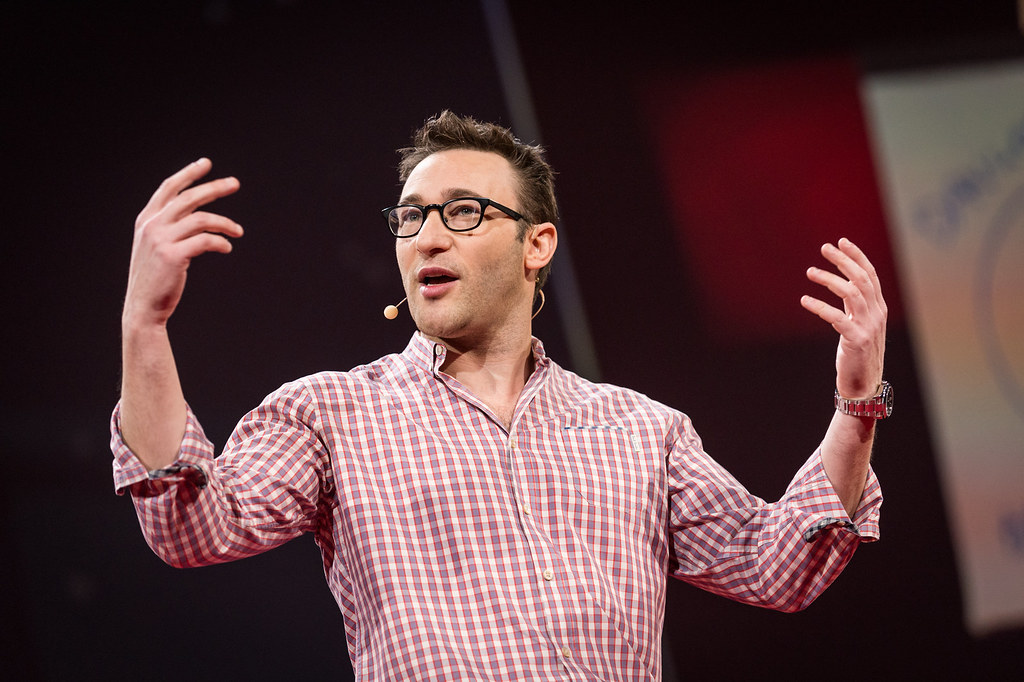In an age when everyone feels like they’re “chasing their time,” productivity tips aimed at white collar workers abound on the Internet. Eisenhower’s matrix, “timeboxing” and other optimized planning techniques are touted by organizational psychology consultants. Yet a 2018 study at Ohio State University shows the limits of over-planning.
The virtues of planning are obvious: meticulously planning your days and weeks allows you to think about the direction you want to take as an entrepreneur or professional. Then, it gives us the opportunity to evaluate the time that a task really takes and to measure our overall progress.
It is also in the air of time. Managing your schedule in a tight, compartmentalized way is touted by many leaders; just think of Elon Musk and Bill Gates who are known for filling their schedules with a succession of minute-long tasks.
In 2018, a Harvard Business Review article on “timeboxing” caused a stir in the media. Author Marc Zao-Sanders said he was at least twice as productive since abandoning the concept of the “to-do list” and adopting “time block management.” (He was inspired by an approach put forward by Daniel Markovitz in the same magazine, who urged professionals to “live in their agenda.”)
That same year, a research group at Ohio State University threw a wrench in the works for planning enthusiasts when it published a study entitled When an Hour Feels Shorter. According to the results of eight experiments conducted in this study, it turns out that you can’t slice up the schedule like a sausage and expect to be equally productive in each time slot.
Less concentration before a meeting
Marketing professor Selin Malkoc conducted various tests to see how we manage the time before a meeting. Among the experiments, Malkoc and her research group compared the productivity of a group of participants with “5 minutes to spare” versus “5 minutes before the start of an activity” – the former group being more productive than the latter.
At another point, participants were asked to choose between a 30-minute task paid $2.50 or a 45-minute task paid $5.00, in a setting where group A had an appointment “within the next hour” and group B had no appointment. Group A, feeling squeezed for time, preferred the shorter but lower-paying task, while Group B felt comfortable tackling the longer task.
The researchers concluded that the composition of the schedule influences our perception of time.
When a meeting is approaching,” Selin Malkoc explains here, “we direct our attention to it, either by apprehending it or by preparing ourselves mentally for it. This makes the upcoming appointment more concrete. As a result, the time interval leading up to the appointment feels limited and insufficient [to accomplish another task].”
In conclusion, Selin Malkoc offers this advice:
“If you like to plan your days, one tip would be to schedule events or tasks in succession [‘back to back’], which then leaves large chunks of unplanned time. These unplanned hours will feel longer, especially when nothing is scheduled afterwards.”
We take note!




